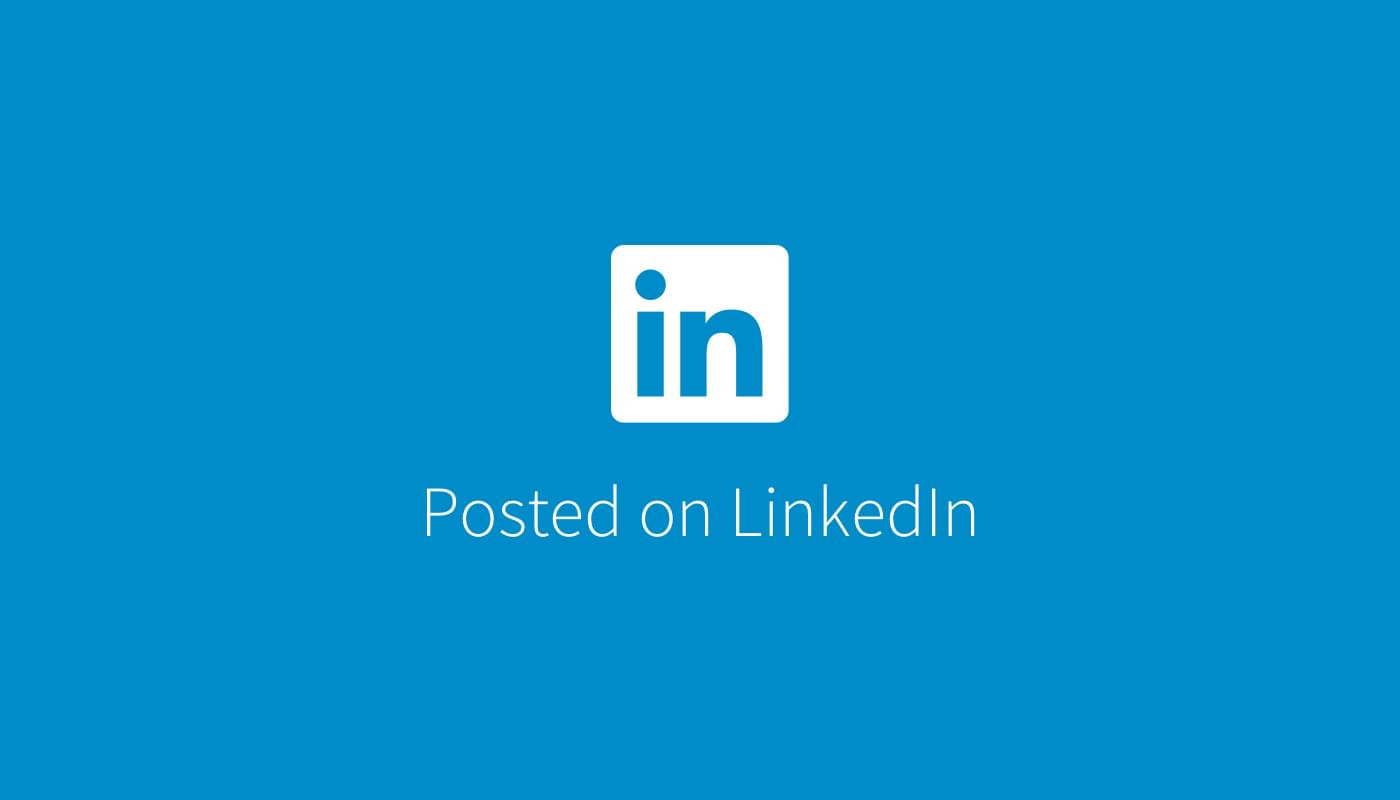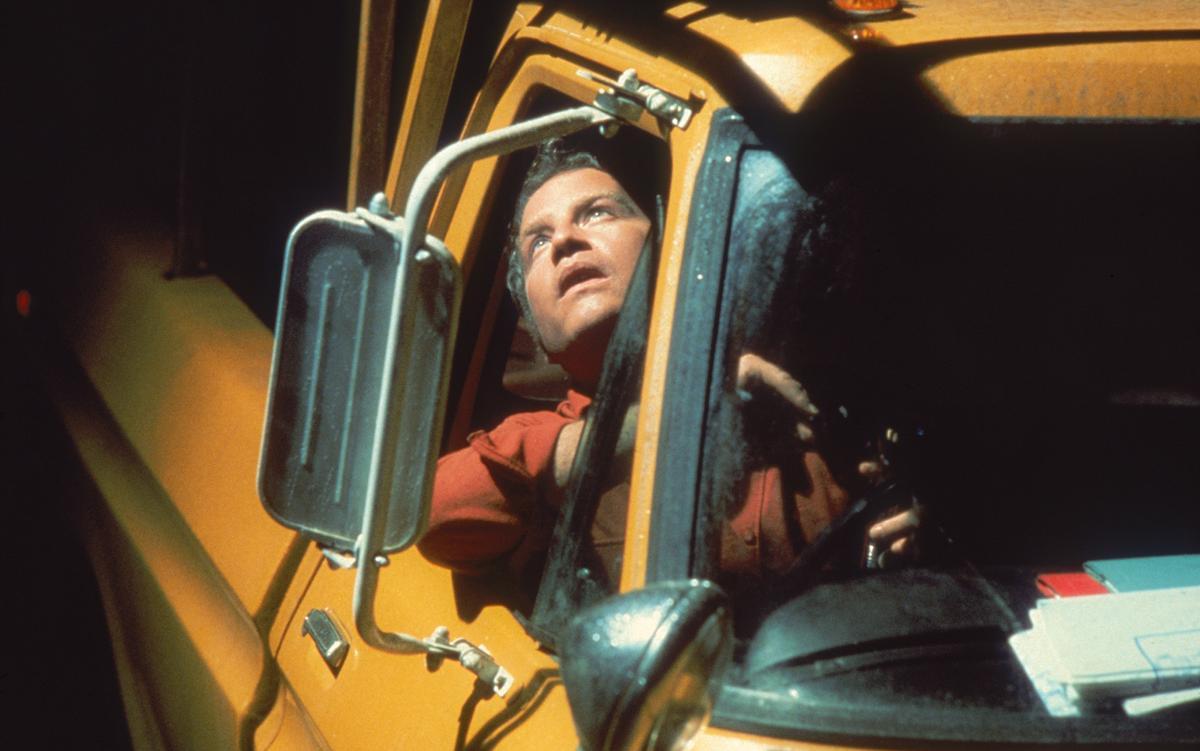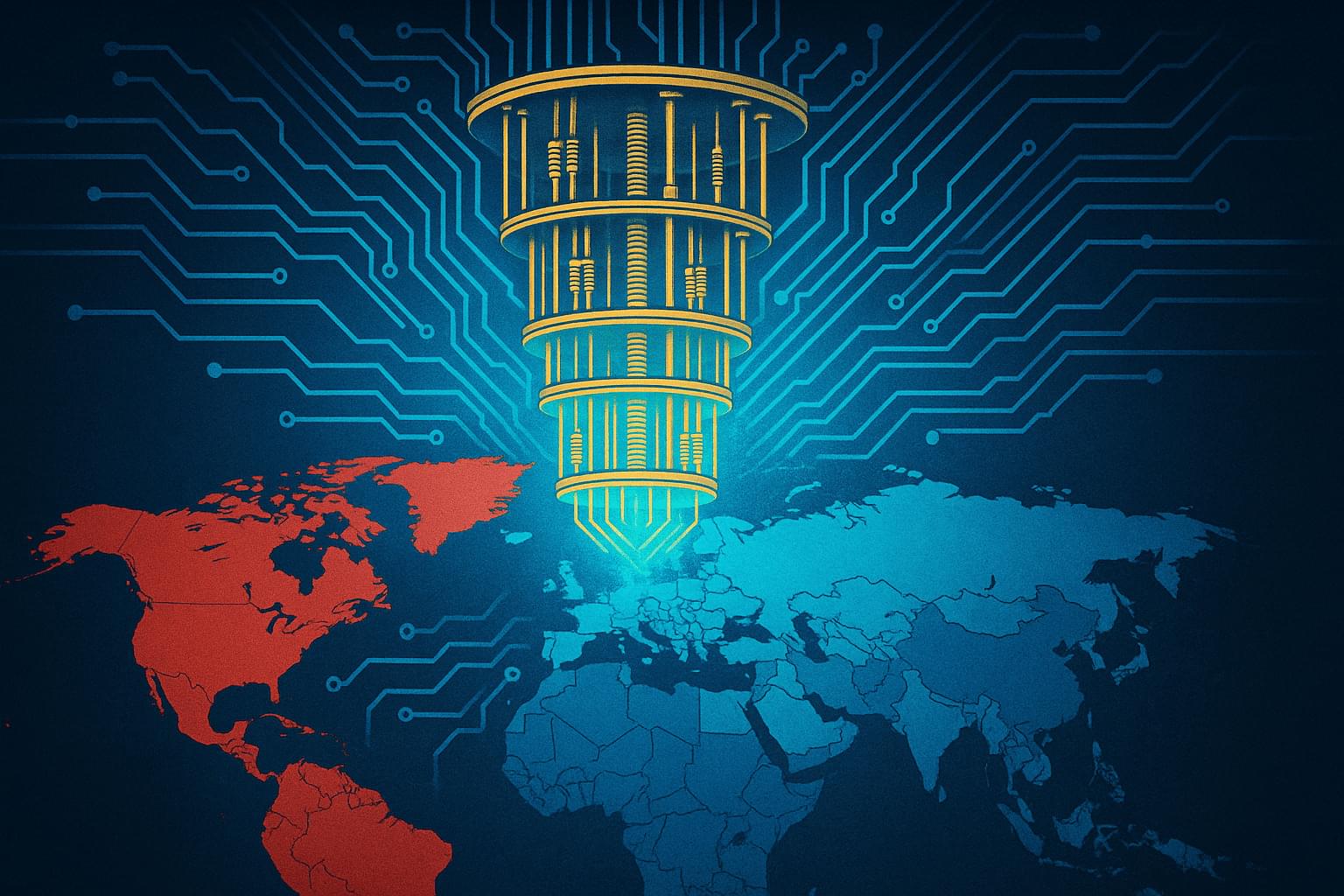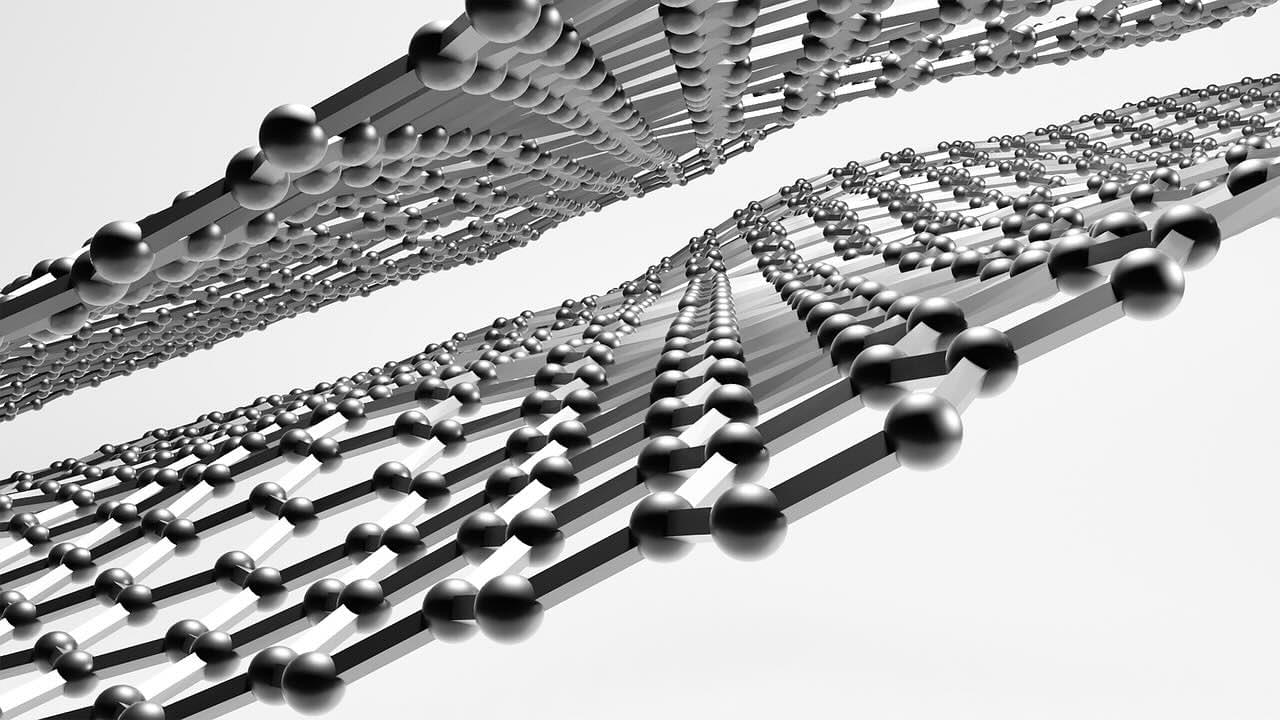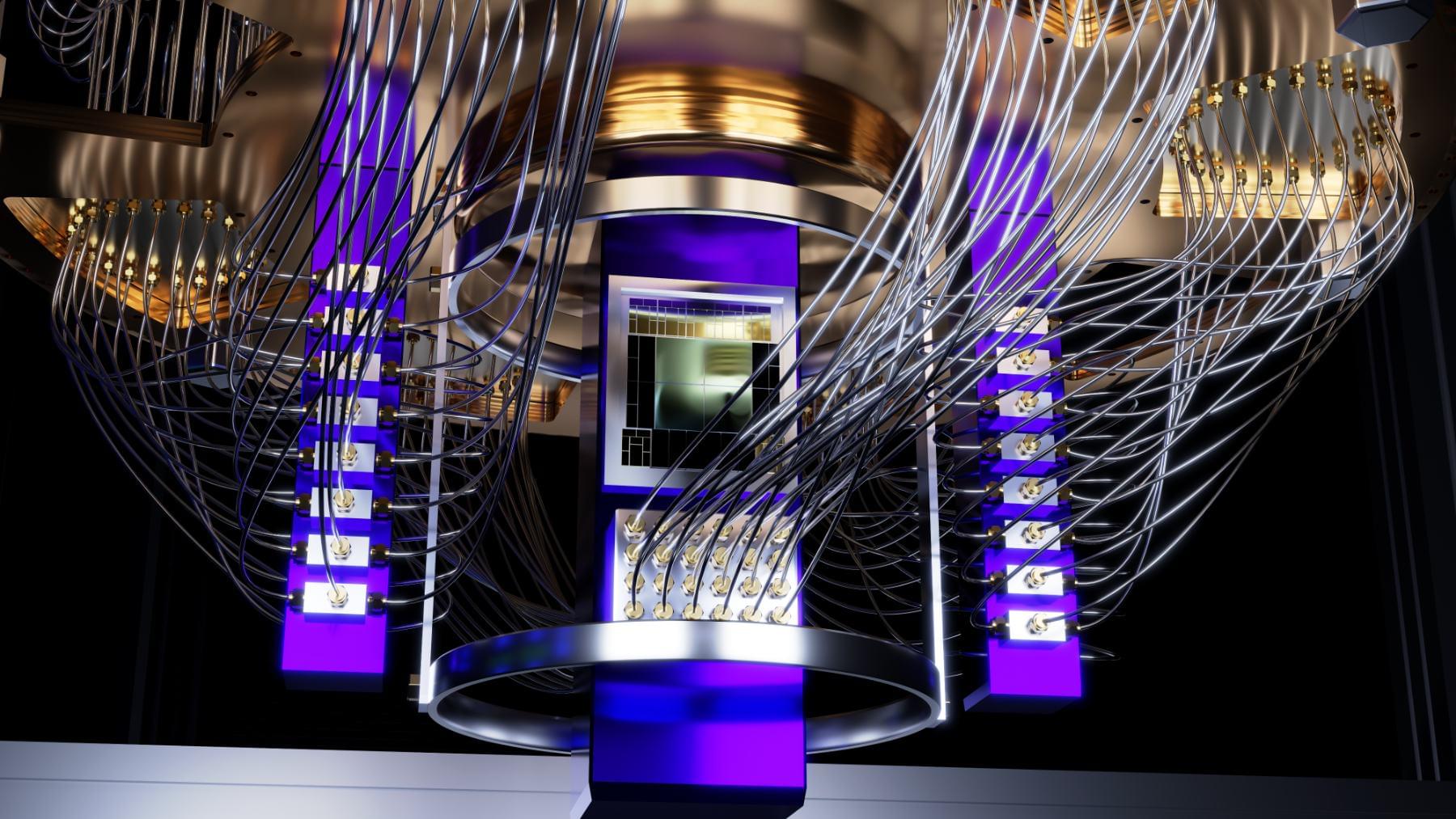Please see my latest Security & Tech Insights newsletter. Thanks and have a great weekend!
Link.
Dear Friends & Colleagues, please refer to the latest issue of the Security & Tech Insights newsletter. In this issue, several articles highlight emerging tech trends for 2025. Some of these topics were also selected by Forrester’s research on emerging technologies in 2025, which highlights tech that will help drive AI-led innovation while enabling long-term resilience. Thanks for reading and stay safe! Chuck Brooks.
#artificialintelligence #quantum #robotics #emergingtech #tech #trends #space #security | on LinkedIn.
